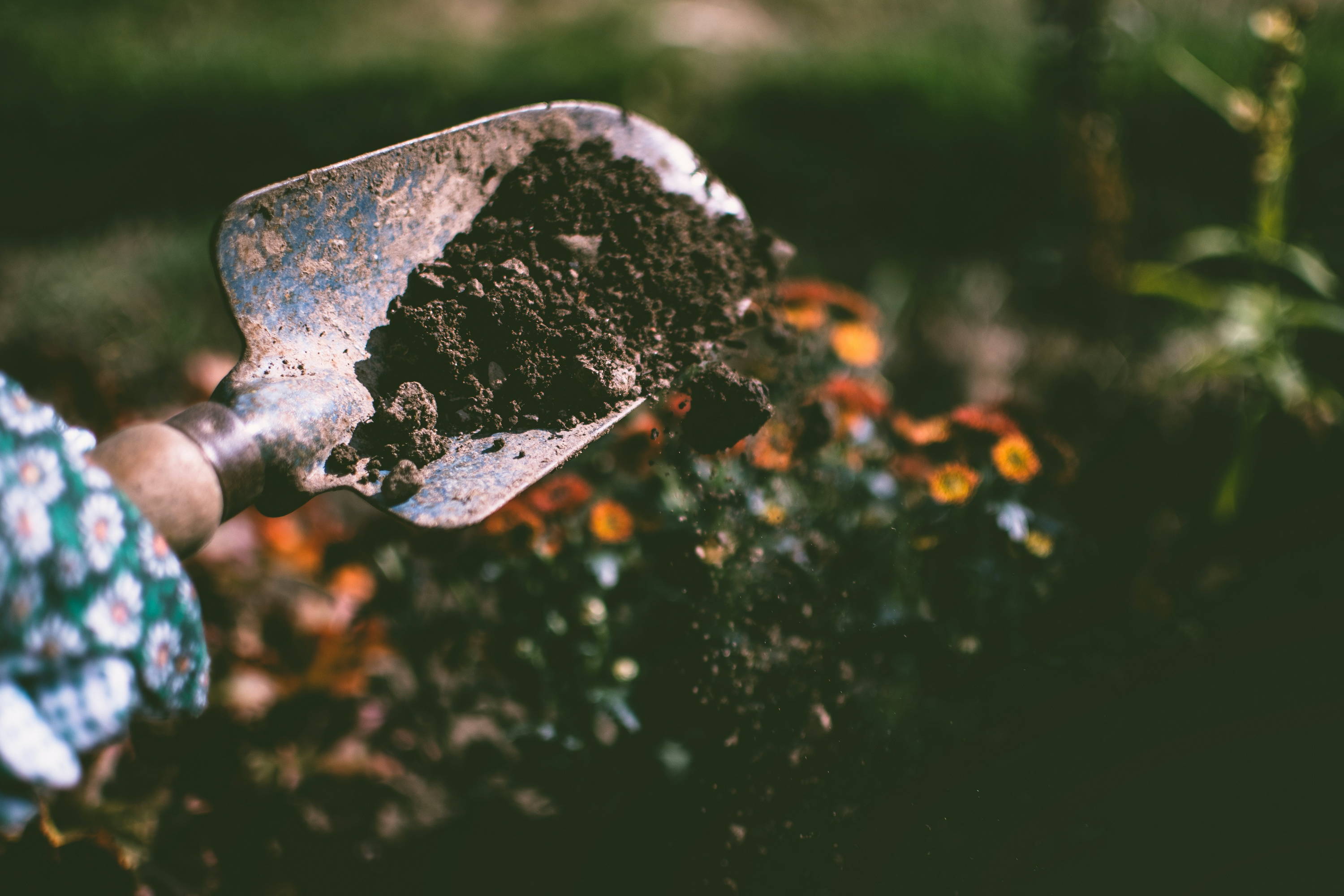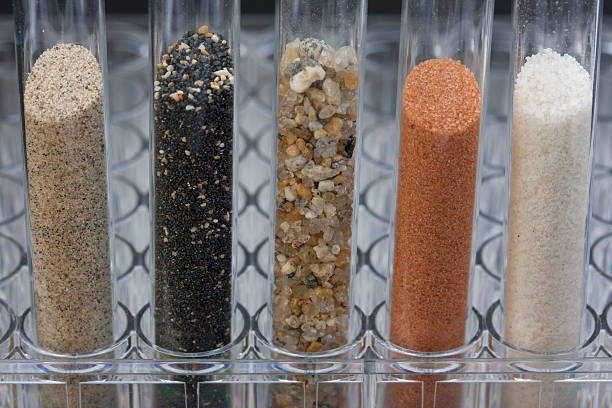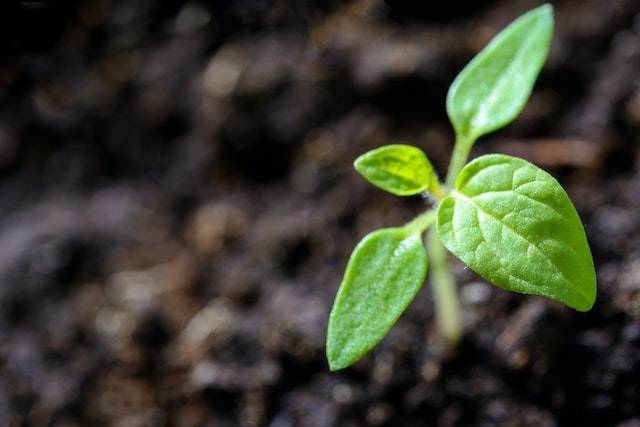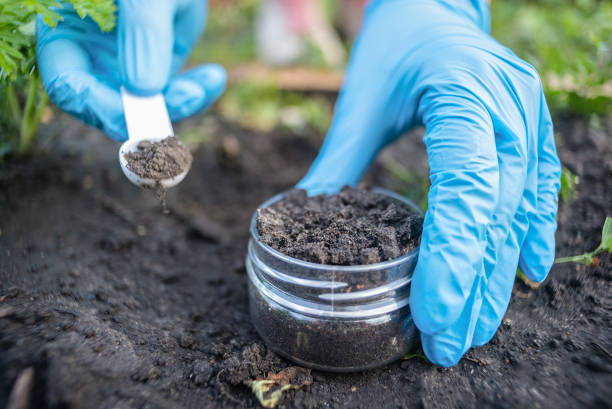
The right soil pH is critical as it helps your plants take up the necessary nutrients from the soil. If your pH is too high, many nutrients such as phosphorus and iron may become less available; if your soil pH is too low, it can be toxic to plants.
Healthy soil is one of the key elements in growing a successful garden.
Subscribe
What will a soil test measure?
A good soil test will evaluate the basic texture of your soil—sand, silt, or clay—and determine its acidity/ pH level. The available amounts of nutrients, such as magnesium, calcium, phosphorus, and potassium, will be calculated, then recommendations will be made for raising each to the correct levels for optimum plant growth. With this knowledge, you can make the proper improvements.
Remember, too much of a good thing can be just as harmful as too little; let this test be your guide.

How often should I test my soil?
For optimum plant growth, it is recommended to test your soil pH and nutrient status every 3 to 5 years. Soil tests are best taken in the fall, That way, you can get your results and make any fixes in time for spring. However, a soil test can be taken whenever it is best for the individual gardener.

Where can I get soil test kit?
Home test kits are available at gardening centers though they are not as accurate or thorough as professional testing through your local county extension office. Furthermore, your county extension soil test is usually free or low cost.

- To take a representative sample, scrape away any surface litter, plant residues, leaves, etc.
- Avoid sampling in a spot where ashes have been dumped, manure or compost stored, or brush burned.
- Cut straight into the soil with a shovel or trowel 6 to 8 inches deep making a V-shaped hole.
- Cut a 1-inch wide slice of soil the length of the hole from one side. Take a 1-inch strip from the center of this slice to use in your sample.
Repeat sampling randomly around the garden and mix the samples together in a clean glass jar or bucket. Since we use raised beds we take a slice from each bed and mix them all together.
Measure out a cupful of soil, dry it indoors for a few days, and seal it in a plastic bag with your information. Send it in with the proper forms and fees, then wait for your results!
Reading your results
When you get your test results, the fertilizer recommendations will be quite specific and speak to three elements: nitrogen, phosphorus, and potassium.
- Nitrogen: N stands for nitrogen, which helps plants make leafy growth.
- Phosphorus: P stands for phosphorus, which is necessary for germination, strong root growth, flowers, and fruit. It helps plants absorb minerals, grow strong stems, and withstand disease. Rock phosphate provides phosphorus, magnesium, and trace minerals.
- Potassium: K stands for potassium or potash. It regulates the flow of water in plant cells and is necessary for flowering, fruiting, and disease resistance. A lack of potassium will cause plants to have weak stems and stunted growth.
Our Products
